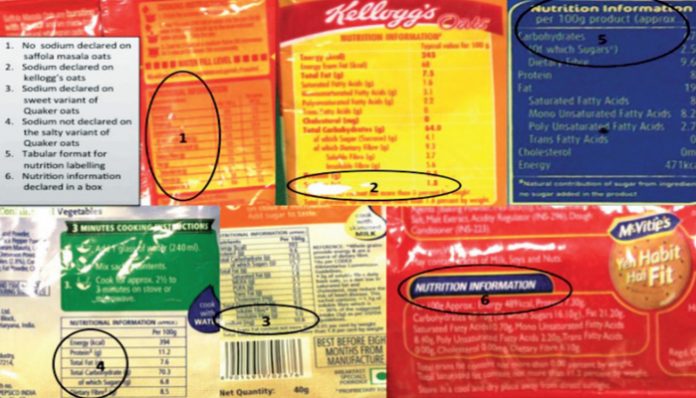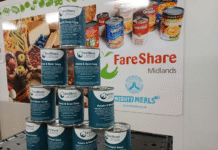
The Food Safety and Standards Authority of India (FSSAI), an autonomous body established under the Ministry of Health & Family Welfare, Government of India, is working on a set of new labeling norms for packaged food companies. Designed to ensure more transparency in the sodium, sugar and saturated fat content in processed food, the new norms are partly based on suggestions made by expert stakeholders who seek to make it mandatory for packaged food companies to disclose total calories and energy value, percentage of carbohydrates, sugar, fat, protein and sodium on their labels. In 2015, FSSAI had constituted the expert group for its suggestions on various issues, including labeling requirements for packaged food and regulatory limits for fat, sugar and salt in processed food.
Some of the suggestions made by the stakeholders include banning advertisement of food items containing high levels of fat, salt and sugar on children’s TV channels and celebrities refraining from endorsing such foods. Further, the stakeholders feel there should be additional taxes levied on packaged foods with high salt, sugar and fat content. Pawan Agarwal, chief executive officer, FSSAI says, “These are wide-ranging recommendations that require action by various stakeholders. The recommendations will be incorporated in the new labeling regulations, which we are in the process of finalizing. The authority will be taking up the labeling regulations in its meeting this month,which will then be sent to the government as part of the due process.”
Packaging South Asia has been closely following developments in labeling norms of packaged food products, with food safety becoming a major concern in the processed and packaged food segment. In our September 2016 issue, we featured a report on a proposal by FSSAI asking stakeholders for their suggestions in formulating rules and guidelines to be followed in developing content for labels. Again, in our December 2016 issue, we carried a report on a seminar organized by leading environmental watchdog, Centre for Science and Environment, where FSSAI’s Agarwal was a speaker. The event centered round the poor compliance by food packaging companies in disclosing salt, sugar and fat content in processed and packaged food labeling.
This article has inputs from the Business Line.










